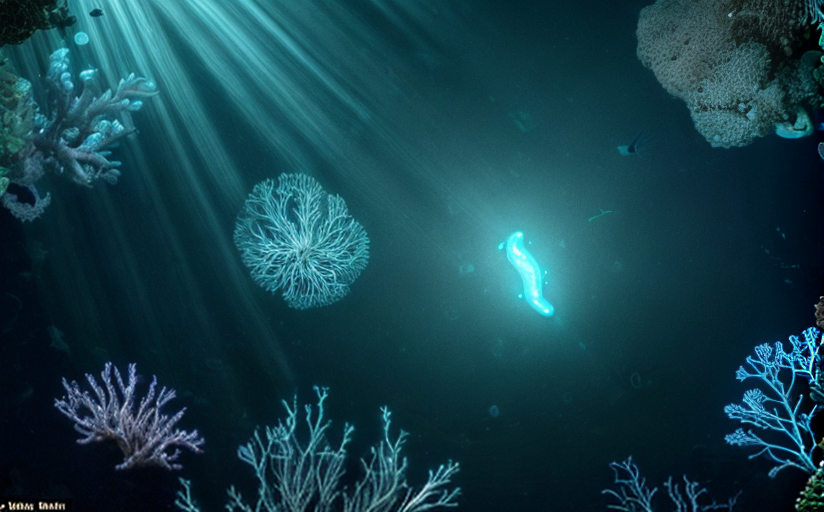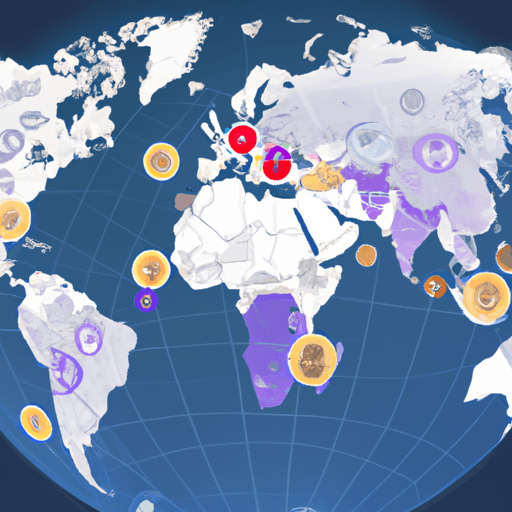Introduction to Marine Bioluminescence
From the deep, dark abyss of the ocean to the sunlit shallows of coastal waters, bioluminescence—a fascinating phenomenon where organisms emit light as a result of a chemical reaction—is a crucial component of the marine ecosystem. This natural light show, though beautiful, is not just cosmetic. It plays significant roles in predator-prey relationships, communication, and species propagation.
The Nature and Science Behind Bioluminescence
Bioluminescence occurs through a specific chemical reaction that involves a light-emitting molecule, luciferin, and an oxygenating enzyme, luciferase. When these two elements interact in the presence of oxygen, they produce light. Diverse marine species from tiny plankton to giant squids, have developed these biochemical mechanisms to generate light within their bodies.
Unique Demonstrators of Bioluminescence
- Dinoflagellate - These single-celled plankton are capable of light production. Surges of bioluminescence in ocean waves are often due to high concentrations of these organisms.
- Firefly Squid - This squid has light-emitting organs called photophores scattered across its body, and can coordinate these luminescences to create complex patterns.
- Anglerfish - This predatory species uses a bioluminescent lure protruding from its head to attract unsuspecting prey.
Role of Bioluminescence in Marine Ecosystems
The bioluminescent abilities of marine creatures serve several key functions in underwater environments including:
- Predator Evasion: Some species use bioluminescence to confuse or deter predators. The startled reaction followed by a bioluminescent counterattack can give the prey chance to escape.
- Communication: Light patterns can serve as a form of communication between members of the same species, especially in the deep sea where light is scarce.
- Attracting Prey: Predators like the anglerfish use their light to draw in curious prey.
- Species Propagation: Some creatures use bioluminescent signals to attract mates and reproduce.
The Impact of Human Interference
Human activities such as overfishing, pollution and climate change are threatening the delicate balance of marine ecosystems. They potentially interfere with the bioluminescent behaviour of sea creatures and can affect their survival and propagation.
Implication for Marine Conservation
Understanding how crucial bioluminescence is for the health of marine ecosystems underlines the need for robust conservation efforts. There is a need to reduce harmful human activities and promote better policies that can help sustain these magnificent light displays, which are crucial for the survival of numerous underwater species.
Conclusion: The Brilliance of Bioluminescence
Bioluminescence is an impressive survival strategy, honed over millions of years of evolution. Understanding this complex phenomenon not only increases our appreciation for the intricacies of marine life but also underscores our responsibility to protect these vulnerable creatures and their habitats.
















Comments
Leave a Comment